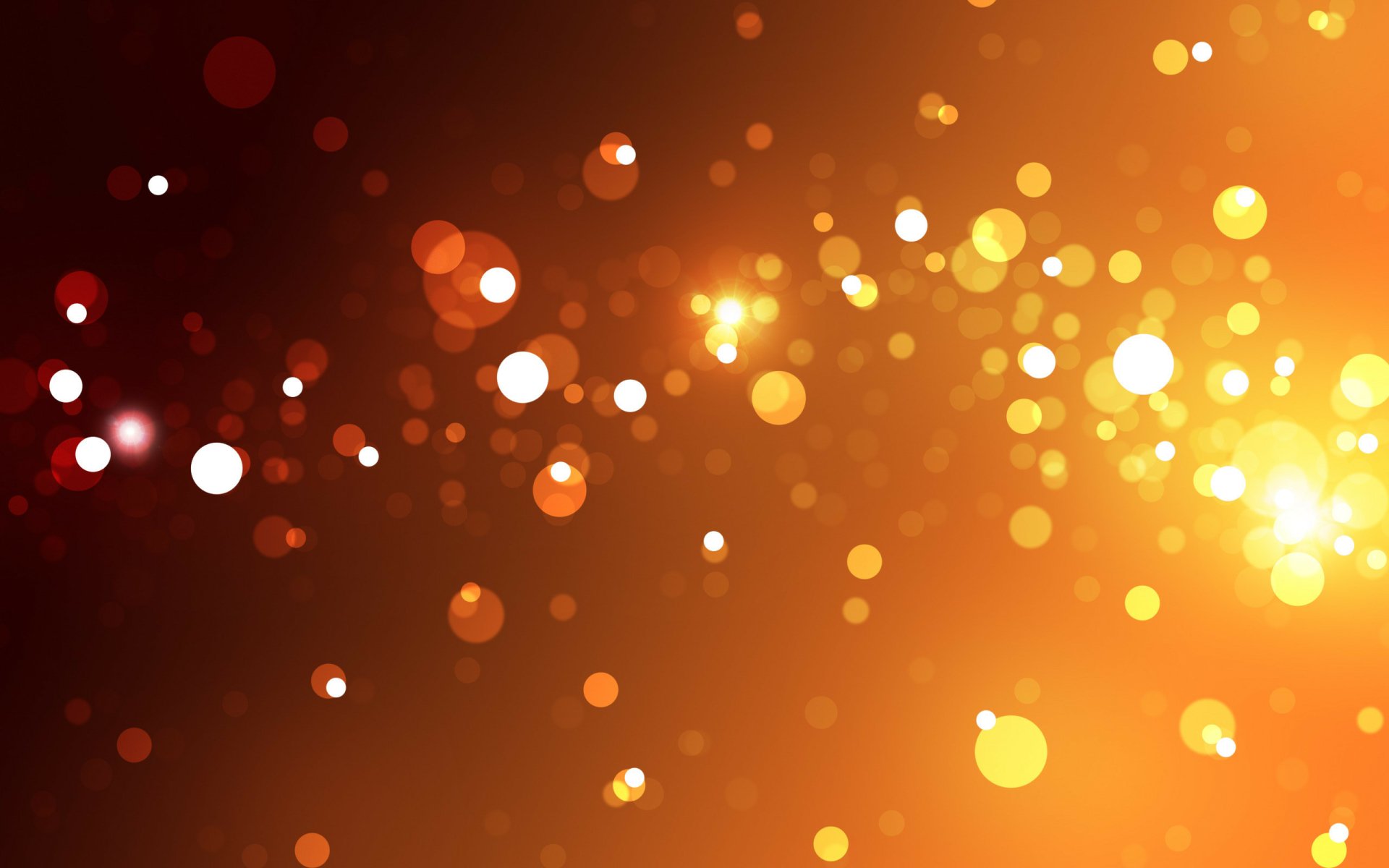Exploring The Origin And Meaning Of The Japanese Word Bokeh In Full Detail
Hey there, photography enthusiasts and language lovers! Have you ever wondered about the fascinating world behind the Japanese word "bokeh"? It's not just a term thrown around in photography circles; it's a concept that carries deep cultural and artistic significance. Today, we're diving headfirst into the origins, meanings, and everything in between about bokeh. So grab your favorite drink, get comfy, and let's uncover the magic of this incredible word together!
Bokeh is one of those terms that has taken the photography world by storm. But what exactly does it mean? Is it just a fancy word for blurry backgrounds, or is there more to it? Well, buckle up because this journey is going to take us through the history, culture, and technical aspects of bokeh. By the end of this article, you'll have a whole new appreciation for this Japanese gem.
Whether you're a professional photographer or someone who loves taking pictures on their phone, understanding bokeh can elevate your skills and creativity. And hey, who doesn't love learning something new, right? So, let's jump right in and explore the origin and meaning of bokeh in full detail.
What Exactly is Bokeh? A Quick Overview
Let's start with the basics. Bokeh refers to the aesthetic quality of the blur produced in the out-of-focus parts of an image. But it's not just any blur—it's a soft, creamy, and dreamy kind of blur that makes your subject pop like nobody's business. Think of those beautiful, glowing orbs of light in the background of a portrait. That, my friend, is bokeh at its finest.
Bokeh isn't just about the blur itself; it's about how the blur enhances the overall composition of a photograph. It adds depth, dimension, and a touch of magic to your images. And guess what? The word "bokeh" comes straight from Japan, where it has a rich history and cultural significance. But we'll get to that in a bit.
The Origins of Bokeh: A Journey Through Time
Bokeh's origins can be traced back to the Japanese language, where the word "boke" (暈け or ボケ) means "blur" or "haze." In traditional Japanese aesthetics, bokeh is closely tied to the concept of wabi-sabi, which celebrates imperfection and transience in art. This idea of embracing imperfection is what makes bokeh so special in photography.
But how did bokeh make its way into the world of photography? Well, it all started in the late 1990s when a Japanese photography magazine used the term to describe the quality of out-of-focus areas in photos. From there, the term gained popularity and eventually became a staple in the global photography community.
Key Cultural Influences on Bokeh
Culture plays a huge role in shaping the meaning and perception of bokeh. In Japan, the idea of harmony and balance is deeply ingrained in art and design. Bokeh reflects this philosophy by creating a sense of balance between the sharpness of the subject and the softness of the background.
Here are a few cultural influences that have shaped the concept of bokeh:
- Minimalism: Japanese art often emphasizes simplicity and minimalism, which is reflected in the clean and elegant look of bokeh.
- Nature: Nature is a recurring theme in Japanese aesthetics, and bokeh often mimics the soft, natural blur found in landscapes.
- Emotion: Bokeh is not just about technique; it's about evoking emotions and telling a story through photography.
Why Bokeh Matters in Photography
Now that we've covered the origins and cultural significance of bokeh, let's talk about why it matters in photography. Bokeh isn't just a buzzword; it's a powerful tool that can transform your images. Here are a few reasons why bokeh is so important:
First off, bokeh helps draw attention to your subject. By blurring the background, you create a sense of focus and depth that makes your subject stand out. This is especially useful in portrait photography, where you want the person to be the star of the show.
Secondly, bokeh adds a touch of artistry to your photos. It's not just about capturing reality; it's about creating something beautiful and unique. Bokeh allows you to play with light, color, and texture in ways that other techniques simply can't match.
Tips for Achieving Stunning Bokeh
If you're eager to incorporate bokeh into your photography, here are a few tips to help you get started:
- Use a wide aperture (low f-stop number) to create a shallow depth of field.
- Position your subject close to the camera while keeping the background far away.
- Experiment with different lenses to achieve various bokeh effects.
- Play with light sources like fairy lights or street lamps to create those dreamy orbs of light.
Remember, practice makes perfect. Don't be afraid to experiment and find what works best for your style.
Bokeh in Digital Photography: A Modern Perspective
With the rise of digital photography, bokeh has become more accessible than ever. Modern cameras and lenses are designed to produce stunning bokeh effects with minimal effort. But what exactly makes digital bokeh so special?
One of the biggest advantages of digital photography is the ability to preview your images instantly. This means you can adjust your settings on the fly and experiment with different bokeh effects until you get the perfect shot. Plus, with the help of post-processing software, you can enhance your bokeh even further.
Bokeh Simulation in Smartphone Cameras
Smartphones have also jumped on the bokeh bandwagon, offering features like portrait mode that simulate the bokeh effect. While it may not be as authentic as using a DSLR or mirrorless camera, smartphone bokeh can still produce impressive results. Just remember to keep your subject close and the background far for the best effect.
Common Misconceptions About Bokeh
Like any popular term, bokeh has its fair share of misconceptions. Let's clear up a few of the most common ones:
First, bokeh isn't just about the blur. It's about the quality of the blur. A good bokeh should be smooth and creamy, not harsh or distracting. This is why lens choice is so important when it comes to achieving great bokeh.
Secondly, bokeh isn't limited to portraits. It can be used in a variety of genres, including landscapes, macro photography, and even street photography. The key is to use bokeh in a way that enhances your composition, not detracts from it.
The Science Behind Bokeh
For those of you who love the technical side of things, let's dive into the science behind bokeh. Bokeh is created when light rays pass through the lens and are refracted onto the camera's sensor. The shape and quality of the bokeh depend on several factors, including:
- Lens aperture shape and size
- Distance between the subject and background
- Light sources in the background
Understanding these factors can help you control and manipulate bokeh to achieve the desired effect. It's like being a scientist and an artist at the same time!
How Lens Design Affects Bokeh
Not all lenses are created equal when it comes to bokeh. Some lenses produce smooth, circular bokeh, while others create more defined, polygonal shapes. This is because the aperture blades in the lens determine the shape of the bokeh. Lenses with more aperture blades tend to produce rounder, more pleasing bokeh.
Bokeh in Art and Beyond
Bokeh isn't just limited to photography. It has also made its way into other forms of art, such as painting, graphic design, and even filmmaking. In these mediums, bokeh is used to create a sense of depth and focus, much like in photography.
For example, filmmakers often use bokeh to draw attention to a specific character or object in a scene. This technique is especially effective in close-ups, where the subject is surrounded by a soft, blurry background.
Bokeh in Modern Design Trends
In the world of graphic design, bokeh has become a popular trend. Designers use bokeh effects to create eye-catching visuals that grab the viewer's attention. Whether it's a website banner or a social media post, bokeh adds a touch of sophistication and modernity to any design.
Conclusion: Embrace the Magic of Bokeh
And there you have it, folks! We've explored the origin and meaning of the Japanese word bokeh in full detail. From its roots in Japanese culture to its widespread use in photography and beyond, bokeh is a term that continues to captivate and inspire.
So, the next time you're out shooting, don't forget to play with bokeh. Experiment with different lenses, lighting conditions, and subjects to find what works best for you. And remember, bokeh isn't just about technique; it's about creating something beautiful and meaningful.
Before you go, we'd love to hear your thoughts! Leave a comment below and let us know how you incorporate bokeh into your photography. And if you enjoyed this article, don't forget to share it with your friends and check out our other articles for more photography tips and tricks. Happy shooting!
Table of Contents
- What Exactly is Bokeh? A Quick Overview
- The Origins of Bokeh: A Journey Through Time
- Key Cultural Influences on Bokeh
- Why Bokeh Matters in Photography
- Tips for Achieving Stunning Bokeh
- Bokeh in Digital Photography: A Modern Perspective
- Bokeh Simulation in Smartphone Cameras
- Common Misconceptions About Bokeh
- The Science Behind Bokeh
- Bokeh in Art and Beyond



Detail Author:
- Name : Miss Melyssa O'Kon II
- Username : greenfelder.margret
- Email : pollich.katrine@hotmail.com
- Birthdate : 2000-01-27
- Address : 37710 Rebeka Lock Apt. 895 Melodyburgh, NM 46993
- Phone : 332-273-2214
- Company : Reynolds-Wilderman
- Job : Highway Maintenance Worker
- Bio : Dolorum aut quos rerum. Fugiat fugiat rem illum repellat. Et quos accusantium reprehenderit. Amet modi corporis quia aut laborum ea blanditiis accusantium.
Socials
linkedin:
- url : https://linkedin.com/in/abesmith
- username : abesmith
- bio : Et cumque sapiente deserunt facilis maiores.
- followers : 3991
- following : 422
facebook:
- url : https://facebook.com/asmith
- username : asmith
- bio : Placeat odio quaerat blanditiis qui.
- followers : 687
- following : 1862
tiktok:
- url : https://tiktok.com/@smith2004
- username : smith2004
- bio : Dolore occaecati quia exercitationem consequatur quia labore.
- followers : 5578
- following : 2491
twitter:
- url : https://twitter.com/asmith
- username : asmith
- bio : Ab provident ipsum perspiciatis fugit eos aut et dolore. Quaerat eligendi rem non dolores quod sunt distinctio. Consectetur qui est et animi nulla.
- followers : 3253
- following : 2319